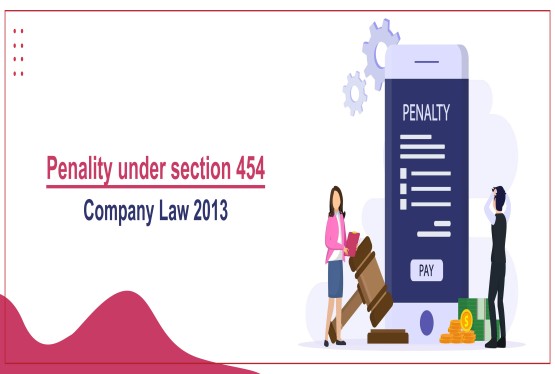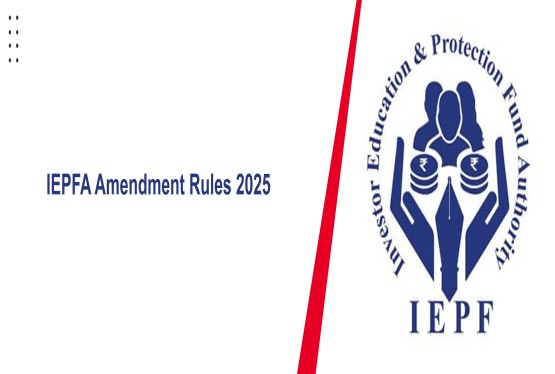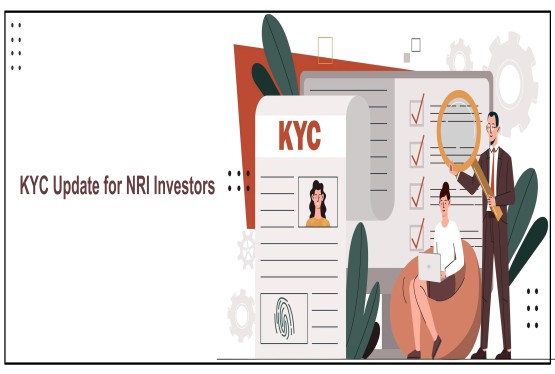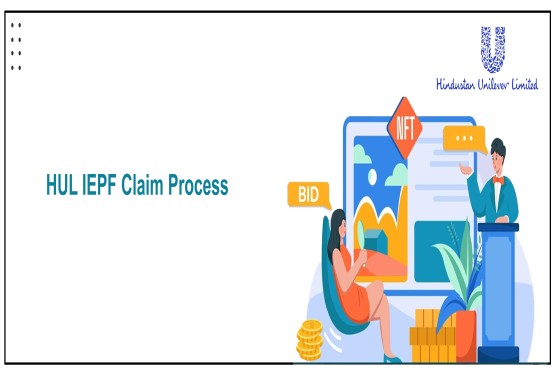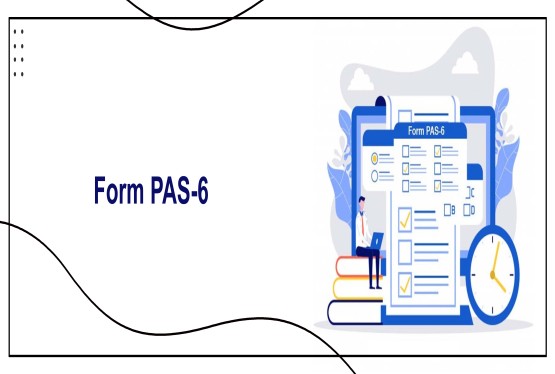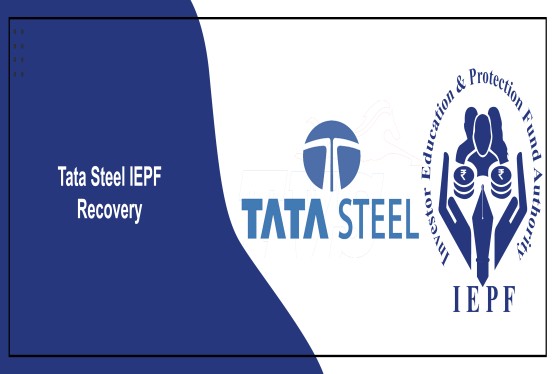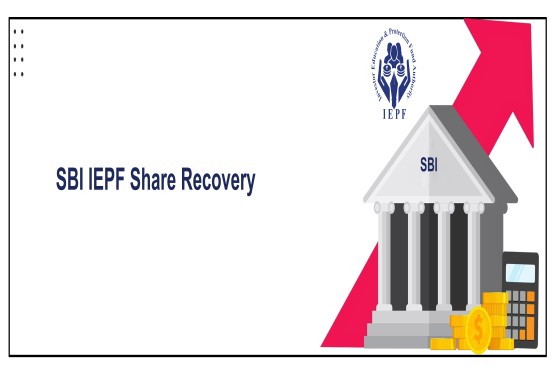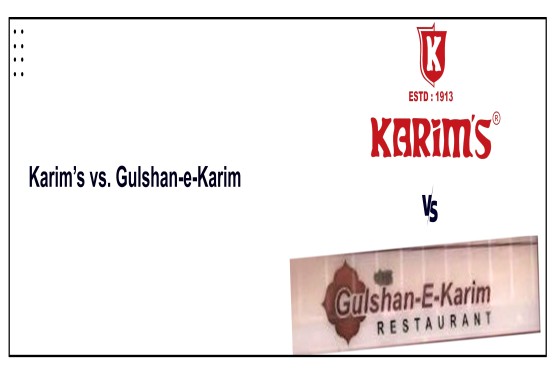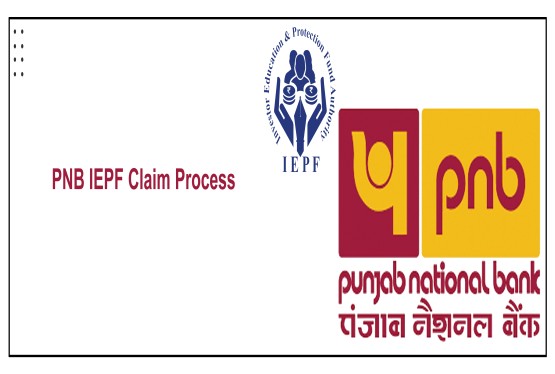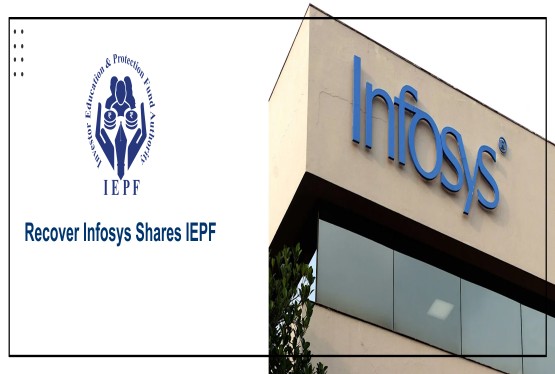Every company registered in India whether it is a private limited company, public company, or One Person Company (OPC) is required to fulfill annual compliance requirements by filing specific returns with the Ministry of Corporate Affairs (MCA). Among these, Form AOC-4 and Form MGT-7 are crucial for reporting the company’s financials and annual return, respectively. In this article, we will focus on Form MGT-7, which is used to file the annual return with the Registrar of Companies (ROC).
The annual return in MGT-7 captures key information about the company, such as its structure, directors, shareholders, and other important disclosures as on the close of the financial year (i.e., 31st March). Filing this form is a mandatory compliance requirement under the Companies Act, 2013 for all registered companies. MGT-7 is an electronic form made available by the MCA and is filed online based on a declaration of accuracy provided by the company. The ROC maintains this return electronically for regulatory and public record purposes.
What is MGT-7?
MGT-7 is an electronic form introduced by the Ministry of Corporate Affairs (MCA) for companies to file their annual return. It is a mandatory document that captures key details about the company as of the end of the financial year such as its registered office, shareholding structure, board of directors, and other statutory information. This form gives a complete overview of the company’s internal structure and status and is submitted online through the MCA portal.
The purpose of filing MGT-7 is to ensure corporate transparency and regulatory compliance. It helps both the government and stakeholders keep track of important changes like shareholding patterns, directorship updates, and capital structure. The form must be filed within a prescribed timeline, and the filing fee depends on the company’s authorized share capital. Any delay in submission can result in monetary penalties.
Additionally, depending on the category of the company, either Form MGT-7 or Form MGT-7A is used. While both serve a similar purpose, MGT-7A is specifically designed for small companies and One Person Companies (OPCs), with a simplified format. Together, these forms form an integral part of a company’s annual compliance obligations under the Companies Act, 2013.
Who needs to file MGT-7 Form
Every company registered under the Companies Act in India whether it is a private limited company, public limited company, or One Person Company (OPC) is required to file Form MGT-7 annually as part of its statutory compliance.
Introduced as a key requirement under the Companies Act, 2013, Form MGT-7 serves the purpose of filing the company’s annual return with the Registrar of Companies (ROC). This return includes complete information about the company’s structure, such as details of its shareholders, directors, registered office, shareholding pattern, and other key disclosures as of the financial year-end (i.e., 31st March).
Even One Person Companies (OPCs) which were brought under mandatory filing provisions following the Finance Act of 2021 must file Form MGT-7 each year, just like any other type of company.
In essence, filing MGT-7 is a legal obligation for all companies operating in India and plays a critical role in maintaining transparency and regulatory oversight of corporate entities.
Due Date to file MGT-7 form
Form MGT-7 (or MGT-7A, as applicable) must be filed within 60 days from the date of the company’s Annual General Meeting (AGM). As per the Companies Act, the AGM of a company is required to be held on or before 30th September following the end of the financial year (which ends on 31st March).
Therefore, the last date for filing MGT-7 is typically 29th November each year. For example, for the financial year 2024–2025, if the AGM is held on 30th September 2026, the deadline for filing MGT-7 would be 29th November 2025.
It is important for companies to adhere to this deadline, as delayed filing attracts a penalty of Rs.100 per day, with no upper limit, until the form is filed.
Key contents of MGT-7
Form MGT-7 captures a wide range of statutory information about the company as on the close of the financial year. The major components of the form include:
-
Company Details: Information about the company’s registered office address, main business activities, and details of any holding, subsidiary, or associate companies.
-
Capital and Securities Structure: Details about the company’s shareholding pattern, including equity shares, preference shares, debentures, and other securities.
-
Indebtedness: A summary of the company’s borrowings, including secured and unsecured loans and other forms of indebtedness.
-
Members and Debenture Holders: Information about the company’s members (shareholders) and debenture holders, along with any changes that took place since the end of the previous financial year.
-
Management and Key Personnel: Details of the company’s promoters, directors, and key managerial personnel (KMPs), as well as any changes in directorship or managerial roles during the year.
-
Meetings Held: A record of all board meetings, committee meetings, and general meetings held during the year, including attendance of directors.
-
Remuneration Details: Disclosure of remuneration paid to the company’s directors and KMPs during the financial year.
-
Penalties and Legal Actions: Any penalty, punishment, or compounding of offences imposed on the company or its officers, and any appeals filed during the year.
-
Compliance and Disclosures: Certification regarding the company’s compliance with applicable laws and necessary regulatory disclosures.
-
Other Relevant Information: Any additional matters as required or specified in the form for complete regulatory reporting.
Procedure for Filing Form MGT-7 (or MGT-7A)
Filing Form MGT-7 is an essential annual compliance requirement under the Companies Act, 2013. It must be filed by every company (except some exemptions like small companies and OPCs which file MGT-7A) to disclose its annual return details with the Registrar of Companies (ROC). Below is a step-by-step guide to help you navigate the process:
Step 1: Visit the MCA Portal and Log In
To begin, go to the official website of the Ministry of Corporate Affairs www.mca.gov.in.
-
Use your credentials (User ID and Password) to log in to your MCA account.
-
If you don’t already have an account, you’ll need to register as a Business User (especially if you're a professional like a CA/CS or company representative).
-
Once logged in, you can access the e-filing services and proceed to upload Form MGT-7.
Step 2: Enter the Company’s CIN (Corporate Identification Number)
-
The CIN is a unique 21-digit alphanumeric code assigned to every registered company in India.
-
Enter your company’s CIN in the form, and the system will automatically fetch the basic information like company name, ROC jurisdiction, and company type.
-
This step ensures the form is being filed for the correct company and prevents data mismatch.
Step 3: Select the Purpose and Fill in Relevant Details
-
The form will ask you to select the purpose of filing from a predefined drop-down menu. Most companies select “Annual Return Filing.”
-
If the reason doesn’t match the provided options, select “Others” and mention the specific purpose manually in the description box.
-
Then, carefully fill in all the required information such as:
-
Registered office address
-
Principal business activities
-
Details of holding, subsidiary, or associate companies
-
Share capital structure (authorized, issued, subscribed, and paid-up)
-
Shareholding pattern
-
Information on debentures and other securities
-
Directors and KMP details
-
Changes in ownership/directorship during the year
-
Details of board/general meetings held
-
Remuneration paid to directors/KMP
-
Penalties, if any
-
Compliance-related disclosures
Step 4: Declaration and Digital Signature
-
Before submitting the form, it needs to be digitally signed using a Digital Signature Certificate (DSC) of an authorized person in the company.
-
The person signing could be:
-
A Director (provide approved DIN)
-
A Manager (provide DIN or PAN)
-
A Company Secretary (provide membership number)
-
You must also select the designation of the signatory from the drop-down options.
-
Ensure that the DSC used is valid and registered on the MCA portal to avoid submission errors.
Step 5: Attach Supporting Documents
-
Click on the ‘Attach’ button in the form to upload relevant supporting documents. These may include:
-
List of shareholders and debenture holders
-
List of board meetings with attendance
-
MGT-8 (certification by a practicing company secretary, if applicable)
-
Extracts of resolutions or other supporting documents (if needed)
-
Ensure that all attachments are in PDF format and legible.
Step 6: Make the Payment
-
Once the form and documents are complete, proceed to pay the prescribed government fee.
-
The fee is calculated based on the company’s nominal share capital as per the Companies (Registration Offices and Fees) Rules.
-
You can pay using Net Banking, Credit/Debit Card, or NEFT.
-
After successful payment, you can move to the final submission stage.
Step 7: Submit the Form
-
After verifying all the entered information and ensuring the form is digitally signed and attached properly, submit the form electronically.
-
Upon successful submission, the system will generate a Service Request Number (SRN).
-
This SRN serves as an acknowledgment and allows you to track the status of your filing.
Step 8: Challan Generation
-
After submission, the system will also generate a Challan copy.
-
This challan reflects the fee payment details made to the MCA.
-
Keep this for your records—it serves as proof of filing and payment.
Step 9: Acknowledgment from MCA
-
Once the Registrar of Companies processes the form, an acknowledgment email will be sent to the official email address of the company registered on the MCA portal.
-
This confirmation email signifies that Form MGT-7 has been successfully filed and accepted by the ROC.
Filing MGT-7 or MGT-7A properly and on time is critical to maintaining your company’s legal standing and avoiding penalties. With attention to detail and proper planning, the process can be completed smoothly through the MCA’s online platform.
Documents Required for Filing Form MGT-7 / MGT-7A
To complete the filing of Form MGT-7 or MGT-7A, companies are required to upload certain supporting documents in scanned PDF format. These documents are attached at the end of the e-form under the ‘Attachments’ section. Below is a list of mandatory and optional documents that may be required:
Mandatory Attachments:
-
List of Shareholders: A complete list of all shareholders of the company as on the close of the financial year (i.e., 31st March).
-
List of Debenture Holders: If the company has issued debentures, a list of all debenture holders as on the end of the financial year.
-
Form MGT-8 (if applicable): This is a certification form signed by a Practicing Company Secretary (PCS). Applicable to companies whose paid-up share capital is Rs.10 crore or more or turnover is Rs.50 crore or more.
-
Approval Letter for Extension of AGM: If the company held its Annual General Meeting (AGM) after 30th September, an approval letter from the Registrar of Companies (RoC) granting extension must be attached.
Optional Attachments:
-
Any other document(s) relevant to the annual return or required based on the company’s structure or compliance history (such as board resolutions or explanatory notes).
Ensure that all documents are legible, properly scanned, and in PDF format before uploading. The MCA portal allows you to attach these files using the ‘Attach’ button at the bottom of the form.
Accurate documentation not only ensures successful filing but also supports the company’s transparency and regulatory credibility.
Conclusion
Form MGT-7 plays a vital role in ensuring corporate accountability and transparency under the Companies Act, 2013. It captures a snapshot of the company’s key structural and operational details as on the financial year-end and is a mandatory annual compliance for all registered companies in India. Timely and accurate filing of MGT-7 (or MGT-7A for small companies and OPCs) helps maintain good standing with the Registrar of Companies and avoids hefty penalties for non-compliance.
By understanding the form’s purpose, knowing the due dates, ensuring the correctness of every detail, and submitting the required documents properly, companies can navigate the filing process smoothly. As compliance continues to be a cornerstone of corporate governance, fulfilling obligations like filing MGT-7 not only strengthens legal credibility but also builds trust with stakeholders, investors, and regulators alike.
Frequently Asked Questions (FAQs)
Q1. What is Form MGT-7?
Ans. Form MGT-7 is an electronic form prescribed by the Ministry of Corporate Affairs (MCA) for filing a company’s annual return. It contains details of the company’s shareholding, directors, financial status, and compliance records as on the close of the financial year (March 31).
Q2. Who is required to file Form MGT-7?
Ans. All companies registered under the Companies Act, 2013, including:
-
Private Limited Companies
-
Public Limited Companies
-
One Person Companies (OPCs)
are required to file Form MGT-7 (or MGT-7A, in case of OPCs and small companies).
Q3. What is the due date for filing MGT-7?
Ans. Form MGT-7 must be filed within 60 days from the conclusion of the Annual General Meeting (AGM). For most companies, this typically falls on or before 29th November following the financial year-end (31st March).
Q4. What is the penalty for late filing of MGT-7?
Ans. A penalty of Rs.100 per day is levied for each day of delay, with no maximum cap.
Q5. What is the difference between MGT-7 and MGT-7A?
Ans. MGT-7 is filed by all companies except OPCs and small companies. MGT-7A is a simplified version designed for One Person Companies and small companies.
Q6. Is MGT-7 filing mandatory even if the company has no business activity?
Ans. Yes. Even if there was no business or turnover, the company must file MGT-7 annually.
Q7. Who can digitally sign MGT-7?
Ans. The form must be digitally signed by:
-
A Director
-
A Manager
-
A Company Secretary (in full-time employment)
along with a practicing professional in case MGT-8 certification is applicable.
Q8. What is MGT-8 and when is it required?
Ans. MGT-8 is a compliance certificate issued by a Practicing Company Secretary and is required if:
-
The company has paid-up share capital ≥ Rs.10 crore, or
-
Turnover is ≥ Rs.50 crore.
Q9. Can MGT-7 be revised once submitted?
Ans. No. The MCA does not allow resubmission of Form MGT-7 once it is filed and acknowledged. Any corrections must be done carefully before submission.
Q10. What are the documents required for MGT-7 filing?
Ans. Some commonly required attachments include:
-
List of Shareholders
-
List of Debenture Holders (if applicable)
-
MGT-8 (if applicable)
-
Approval for AGM Extension (if applicable)
-
Board resolutions or other relevant documents

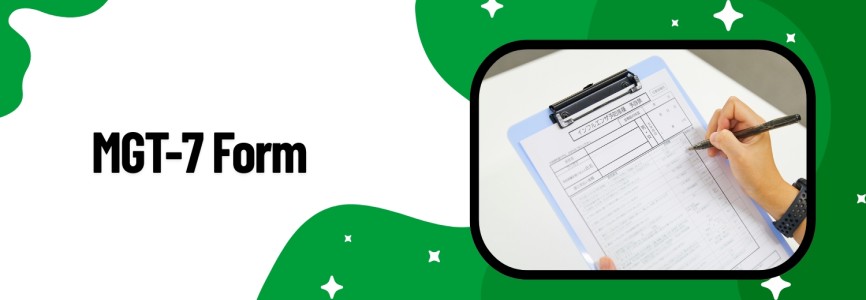









































































_crop10_thumb.jpg)

































































_crop10_thumb.jpg)
_crop10_thumb.jpg)



_crop10_thumb.jpg)


_crop10_thumb.jpg)





_crop10_thumb.jpg)

_crop10_thumb.jpg)














-suratgujarat-section-158_crop10_thumb.jpg)
-suratgujarat_crop10_thumb.jpg)
-(33)_crop10_thumb.jpg)



-ahmedabad_crop10_thumb.jpg)
-learn_crop10_thumb.jpg)

-learnn_crop10_thumb.jpg)



























































_crop10_thumb.jpg)















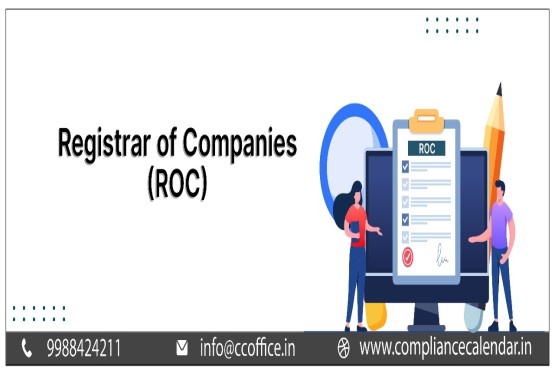






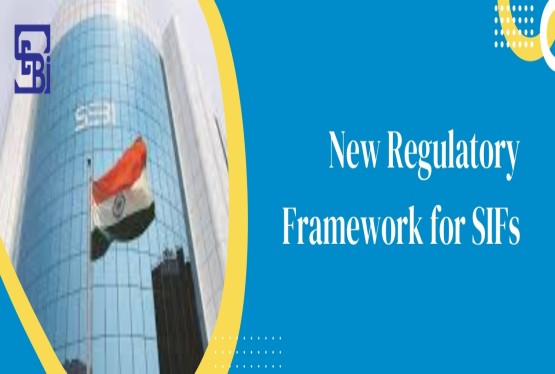
_Guidelines_learn_crop10_thumb.jpg)























_learn_crop10_thumb.jpg)
_crop10_thumb.jpeg)










_crop10_thumb.jpg)




_Second_Amendment_Rules,_2025_learn_crop10_thumb.jpg)







_learn_crop10_thumb.jpg)






















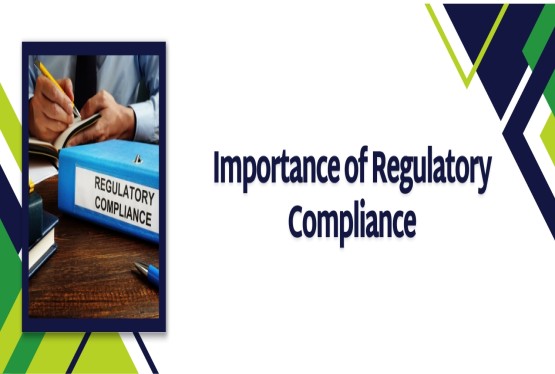







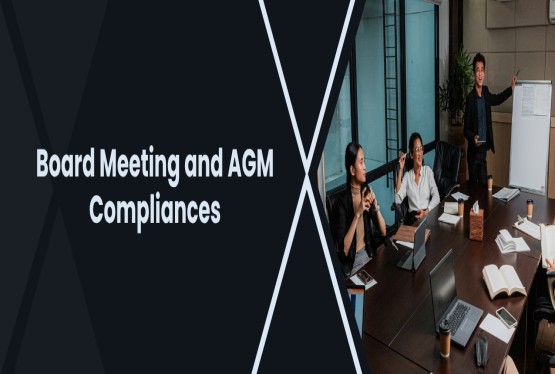
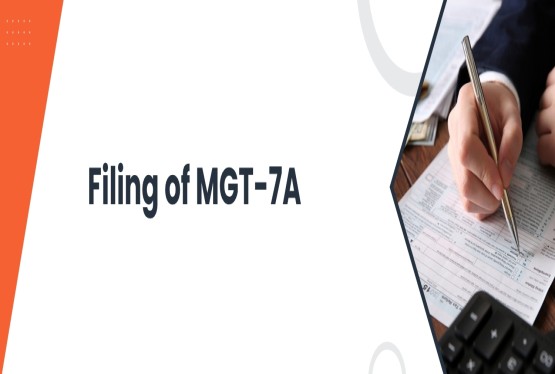
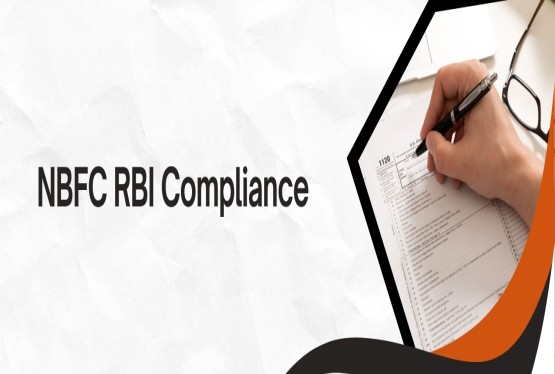
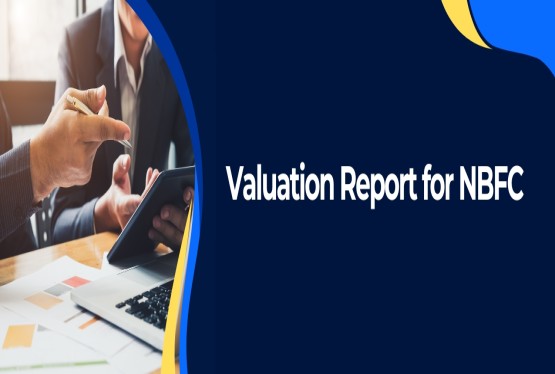




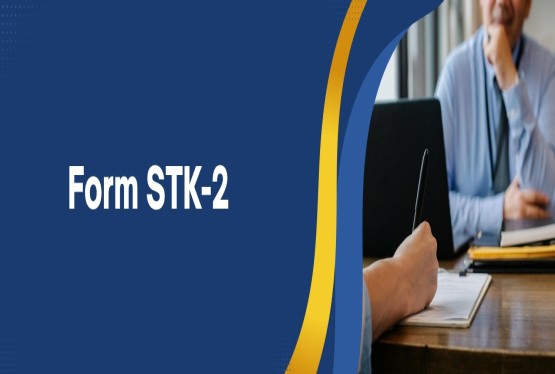
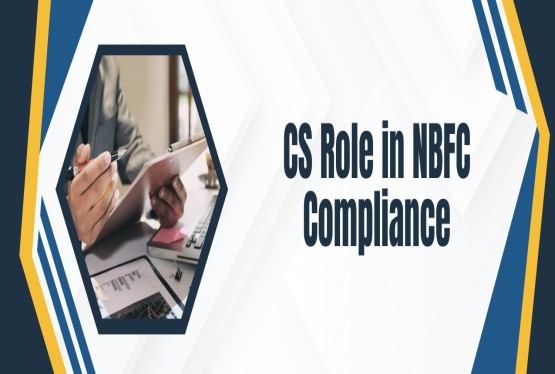


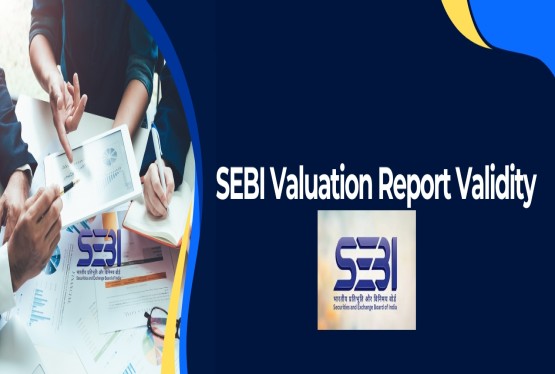

_learn_crop10_thumb.jpeg)

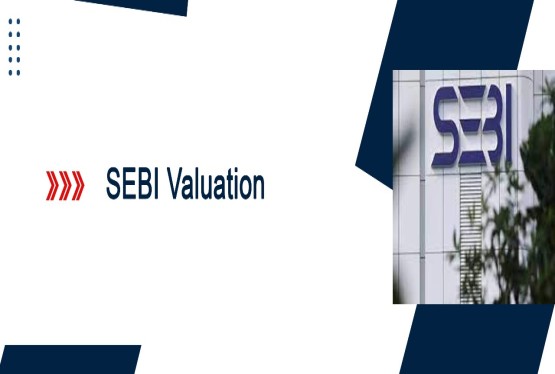




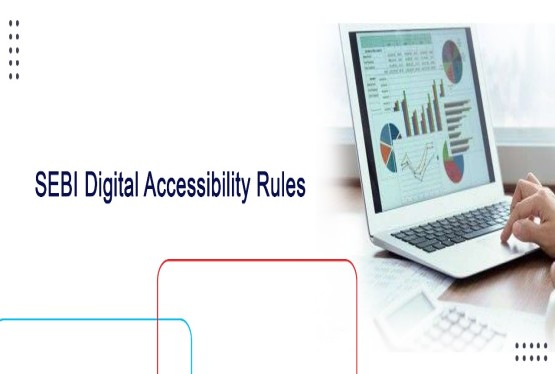


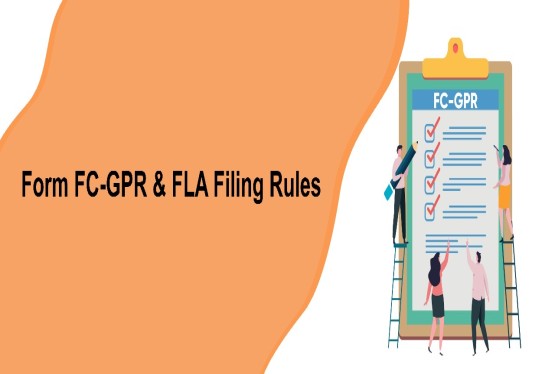
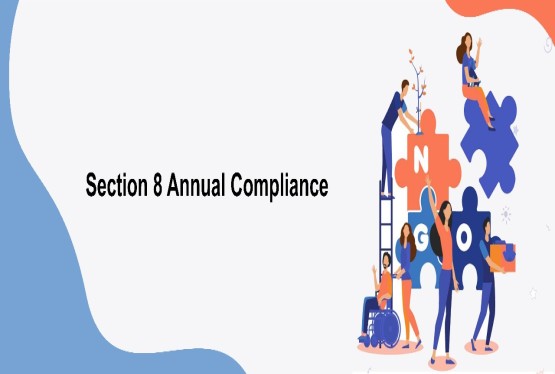
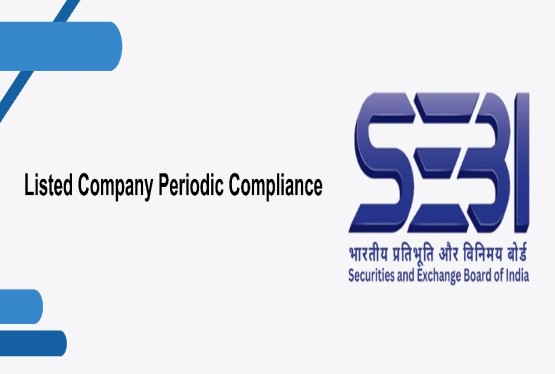




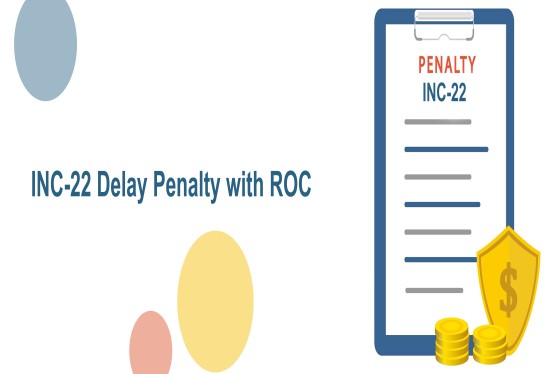


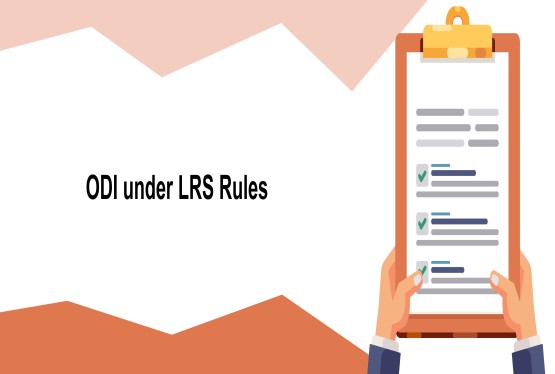
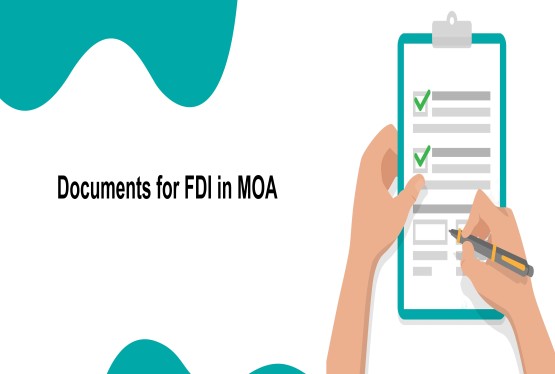


_learn_crop10_thumb.jpg)
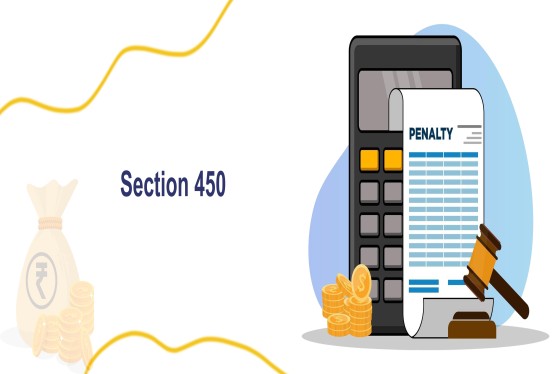

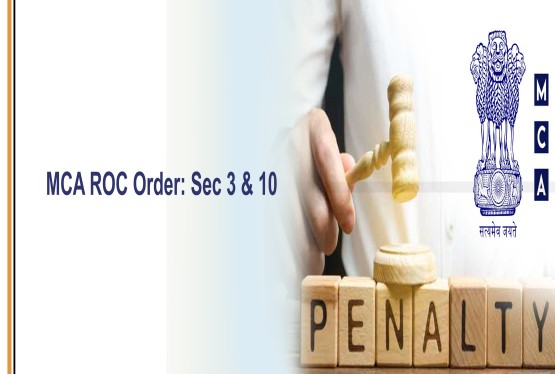
_rd_roc_learn_crop10_thumb.jpg)
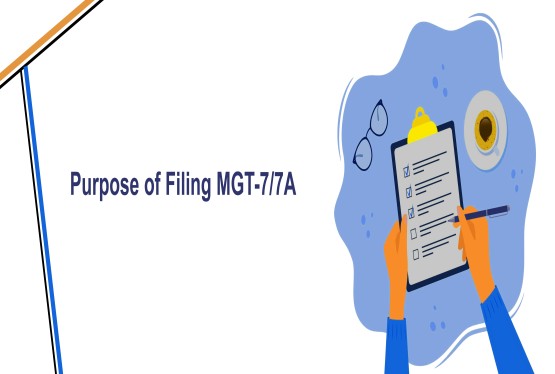
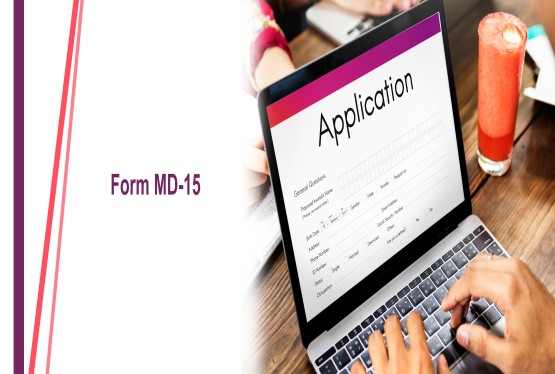


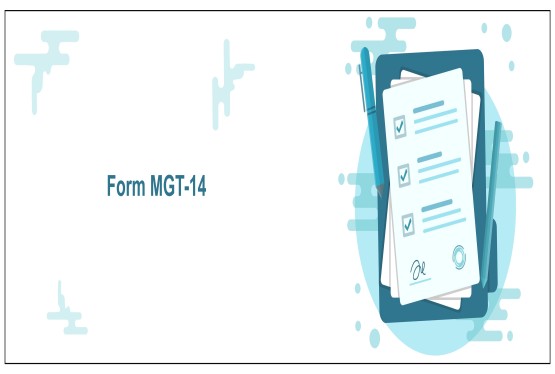
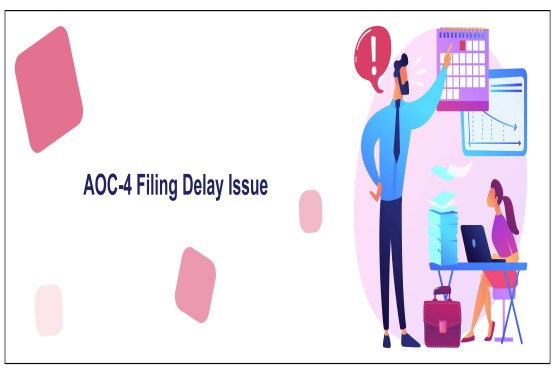
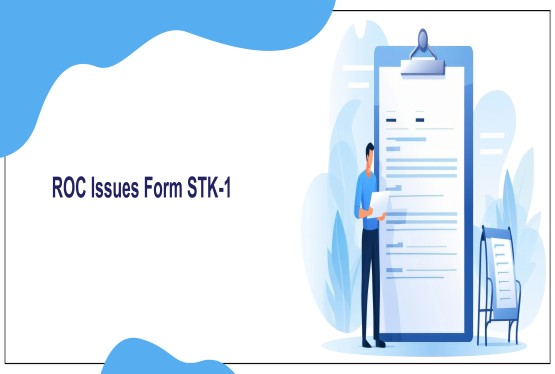


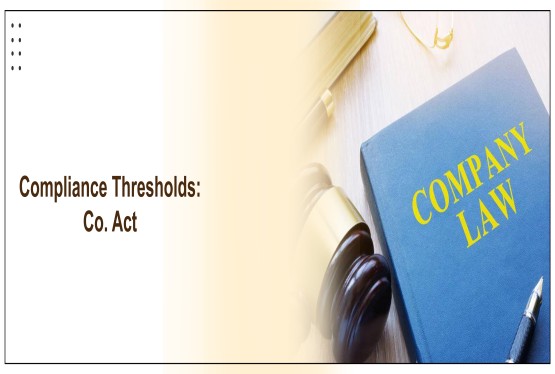
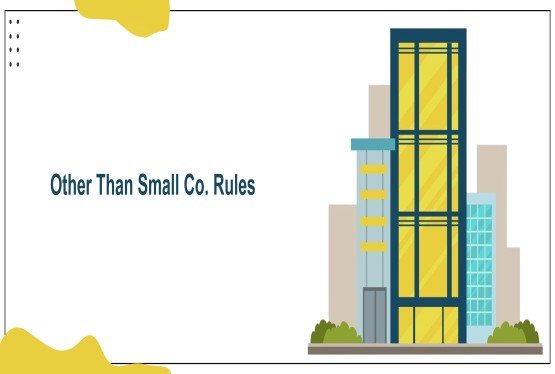
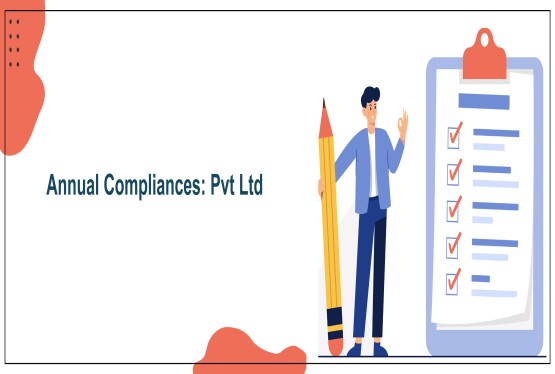
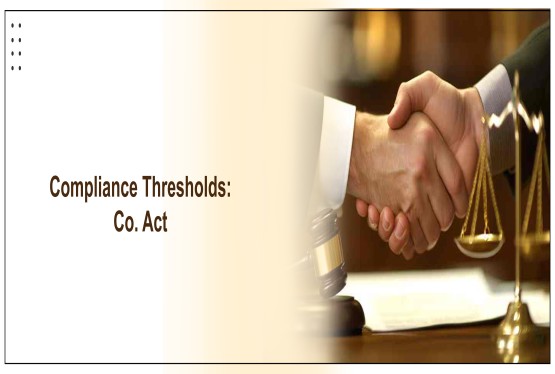
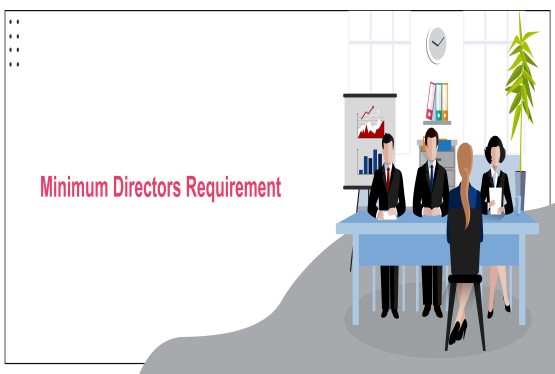

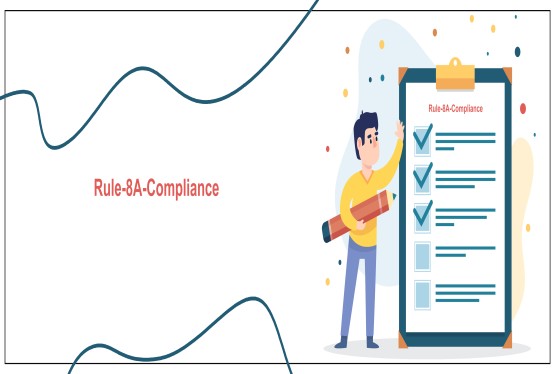
_learn_crop10_thumb.jpg)

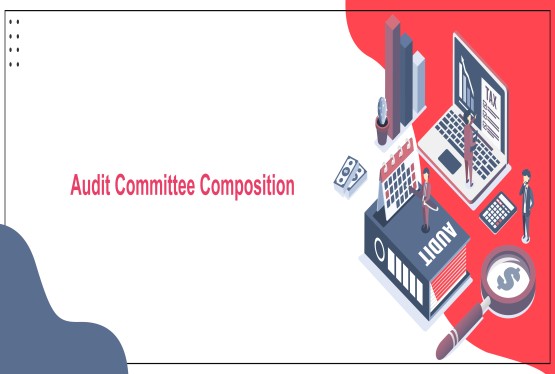
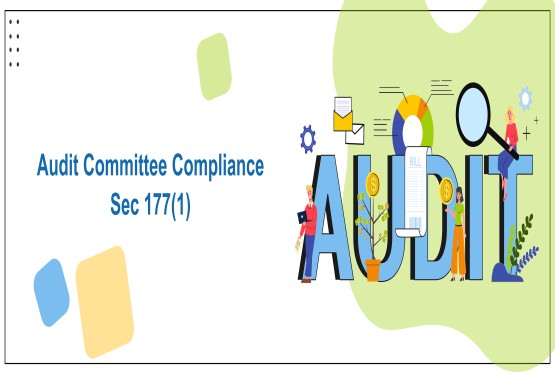



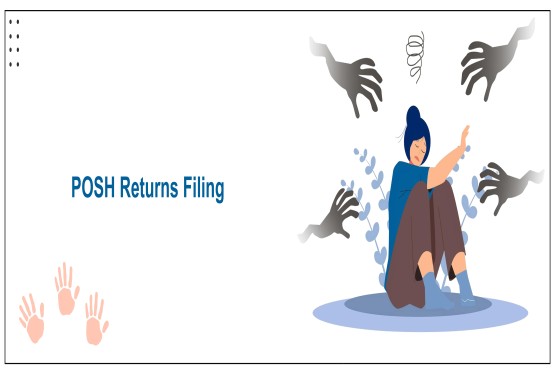
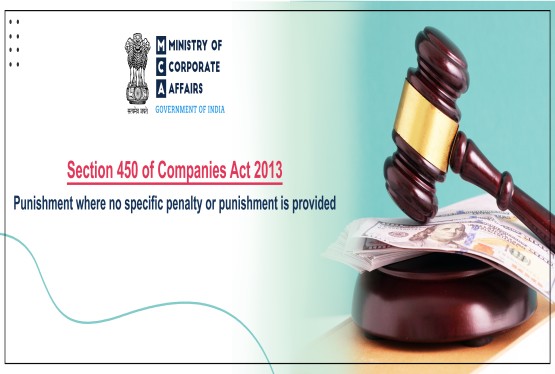

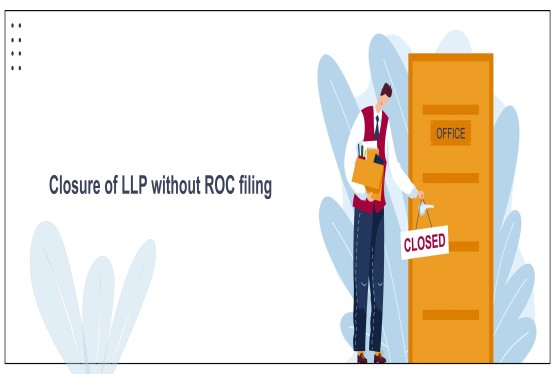
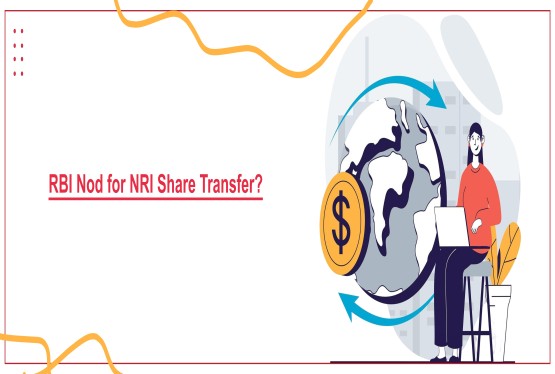

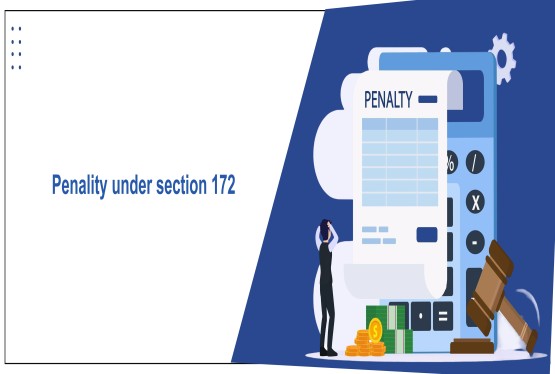

_learn_crop10_thumb.jpg)
_Learn_crop10_thumb.jpg)

